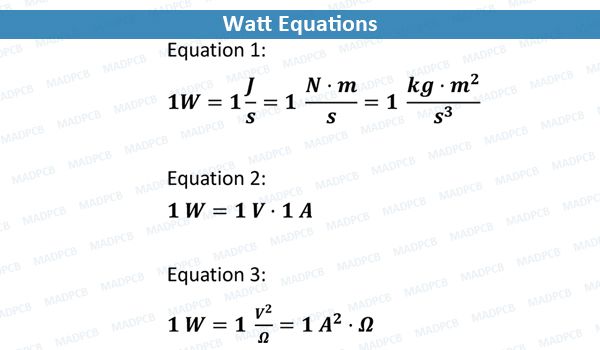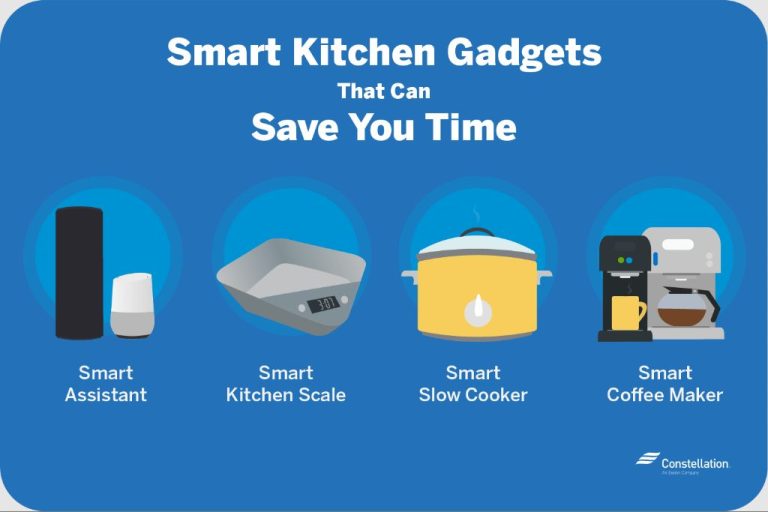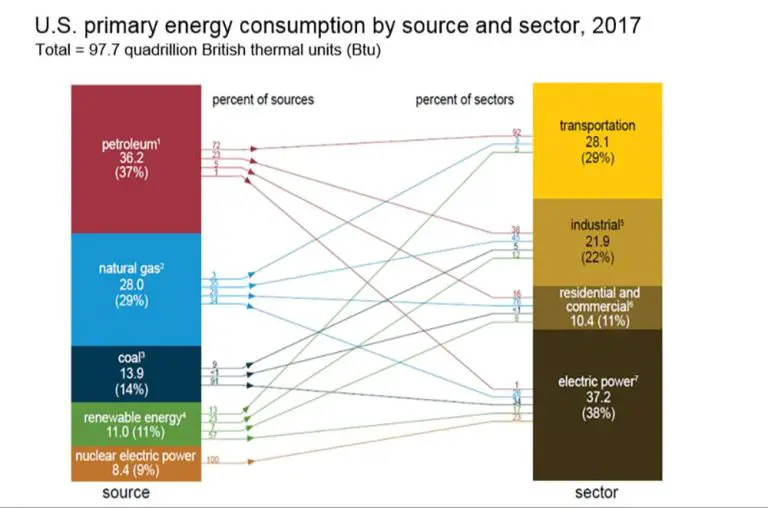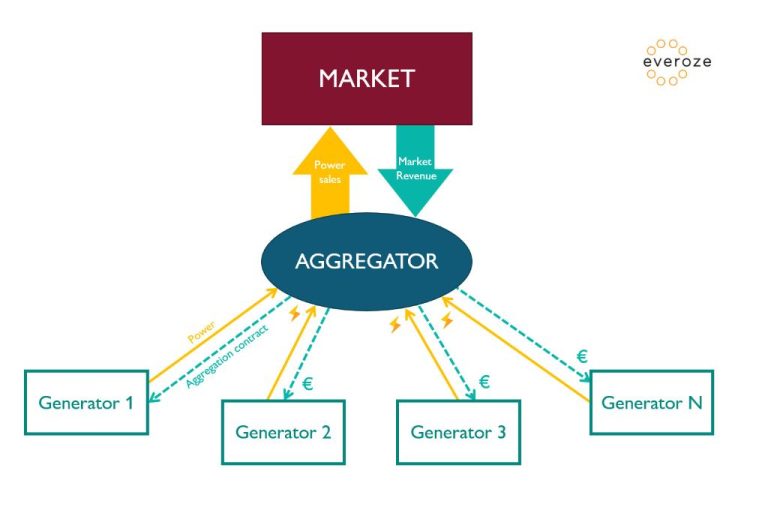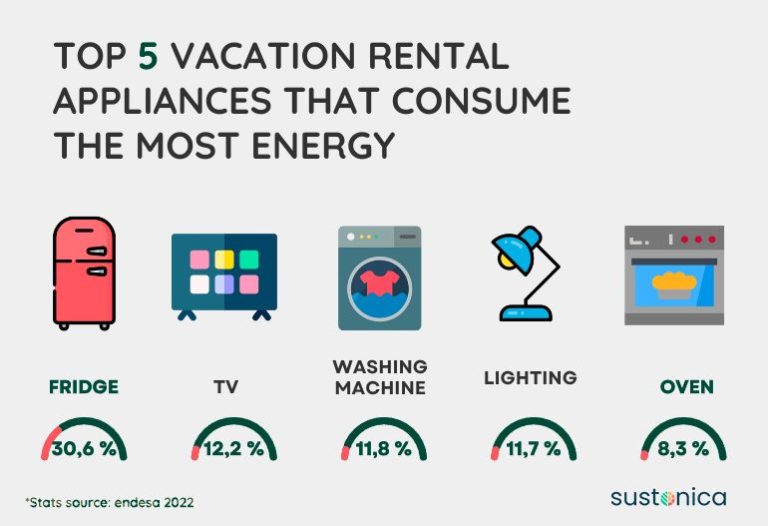What Makes Something Energy Efficient?
What is Energy Efficiency?
Energy efficiency can be defined as achieving a similar or improved level of service for a building or process while using less energy (https://www.sciencedirect.com/topics/engineering/energy-efficiency). It is about providing the same products or services with less energy input. The goal of energy efficiency is to reduce energy consumption and waste while maintaining or improving the quality of products and services. This helps save money, conserve resources and reduce pollution.
Improving energy efficiency involves using technology, processes, or practices to reduce the amount of energy needed to provide products and services. For example, insulating a home allows it to use less heating and cooling energy to achieve the same temperature comfort levels. Using LED lighting instead of incandescent bulbs reduces the amount of electricity needed to produce the same amount of light. Overall, energy efficiency lowers energy consumption while maintaining comparable service quality and performance.
Why Energy Efficiency Matters
Energy efficiency is important for several key reasons. First, improving efficiency reduces overall energy consumption and costs. Using less energy for heating, cooling, lighting, appliances, equipment and processes means lower utility bills and operating expenses. For example, LED lighting can reduce electricity use for lighting by 50-70% compared to traditional incandescents (https://www.engieimpact.com/insights/importance-of-energy-efficiency).
Second, enhanced efficiency lowers environmental impact by reducing emissions from power generation. Generating electricity via fossil fuels produces greenhouse gases like carbon dioxide that contribute to climate change. Using less energy decreases the fossil fuels burned for electricity generation. According to the EPA, energy efficiency improvements avoided over 800 million metric tons of carbon dioxide emissions in 2019 alone.
Finally, efficiency improves energy security by reducing dependence on imported fuels. With lowered energy demand, domestic resources can provide a greater portion of energy needs. The U.S. economy also becomes more resilient to volatility in global energy markets caused by geopolitical events. Investments in efficiency relieve pressure on energy infrastructure as well.
How Energy Efficiency is Measured
There are several key metrics used to measure energy efficiency:
Energy intensity is a measure of the energy efficiency of a nation’s economy. It is calculated as units of energy per unit of GDP. A lower energy intensity indicates more efficient use of energy in the economy (Source).
Energy productivity is another important metric. It measures the amount of GDP produced per unit of energy consumed. A higher energy productivity denotes greater energy efficiency (Source).
Examining energy ratios is another way to gauge efficiency. This involves comparing energy input versus energy output for a system. A lower ratio indicates more efficient conversion and use of energy (Source).
These metrics allow the measurement and tracking of energy efficiency trends over time. Improvements in these ratios and indicators demonstrate progress in adopting more efficient technologies and practices.
Factors That Increase Efficiency
There are several key factors that can lead to increased energy efficiency:
Technology Improvements
Upgrading to more efficient technologies and appliances is one of the most impactful ways to boost efficiency. For example, switching to LED lighting, heat pump water heaters, and high-efficiency HVAC systems can significantly reduce energy consumption.
Behavior Changes
Individual actions can also improve efficiency. Simple changes like turning off lights and electronics when not in use, adjusting thermostats, using energy-efficient settings on appliances, and reducing water usage can make a meaningful difference.
Process Optimization
Analyzing energy usage to identify waste and inefficiencies in industrial processes or building operations allows targeted improvements. Strategies like preventative maintenance, system upgrades, and adjusting energy usage based on occupancy or production levels optimize energy productivity.
Building Design
New buildings can maximize efficiency through proper insulation, high-performance windows, passive solar design, and optimal lighting. Features like roof overhangs, window placement, and smart landscaping also help reduce energy needs.
Energy Efficient Technologies
There are many technologies that can improve energy efficiency and reduce energy waste. Some of the most impactful energy efficient technologies include:
LED Lighting – LED lights use up to 90% less energy than traditional incandescent bulbs and last 25 times longer. According to Healthcare Facilities Today, switching to LED lighting is one of the easiest ways for businesses and homes to become more energy efficient.
Insulation – Adding insulation reduces heat loss in winter and heat gain in summer. The Department of Energy estimates homeowners can save up to 20% on heating and cooling costs by insulating their home’s attic, walls, floors, basements, and crawl spaces.
High-Efficiency Appliances – ENERGY STAR certified appliances like washers, dryers, dishwashers, refrigerators and air conditioners can be 10-50% more efficient than standard models. Replacing old appliances with energy efficient models can lead to significant energy savings over time.
Smart Meters – Smart meters provide real-time energy use data to both utilities and consumers. This data empowers people to monitor their consumption and make informed choices to reduce energy use.
Renewable Energy – Sources like solar, wind, and geothermal generate clean electricity without depleting finite resources. Incorporating renewables like rooftop solar panels decreases reliance on the grid. The International Renewable Energy Agency found that renewable energy displaced the equivalent of 2.5 times as much CO2 as it did a decade ago.
Energy Efficient Practices
Simple changes in daily habits and routines can lead to significant energy savings over time. Here are some of the most effective practices for reducing energy usage:
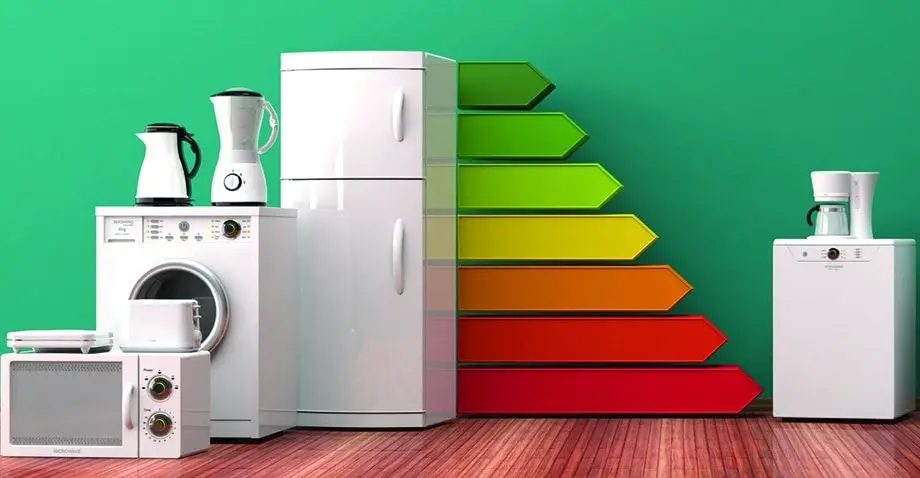
Turn off lights when leaving a room and use natural lighting whenever possible. Lights emit heat and use electricity even when not needed. Turning off just one 60-watt bulb that would otherwise burn 8 hours a day can save up to $15 per year.
Turn off electronics and appliances when not in use. TVs, computers and other devices draw power even in sleep or idle mode. Unplugging them or using a power strip makes it easy to completely cut phantom load.
Set thermostats to an efficient temperature. Keeping your home just 2 degrees warmer in summer or cooler in winter can reduce energy use by up to 5%. Programmable thermostats make it easy to adjust settings.
Reduce waste and excess usage. Only heat or cool rooms that are occupied, wash laundry in cold water when possible, take shorter showers, and fully load dishwashers and washing machines. Being mindful of consumption cuts energy costs.
Energy Efficiency in Homes
Homeowners can take various steps to increase the energy efficiency of their homes and reduce energy costs. One important action is getting a home energy audit, which assesses how much energy a home consumes and identifies opportunities for efficiency upgrades. During an audit, an energy professional will inspect areas like insulation, air sealing, heating and cooling equipment, windows, appliances, lighting, and water heating systems.
Based on the audit results, homeowners may pursue weatherization improvements to seal air leaks and add insulation in walls, attics, basements, etc. Properly insulating and air sealing a home can reduce energy usage for heating and cooling by up to 20%, saving money. The recently passed Inflation Reduction Act provides rebates to homeowners for energy efficient retrofits like weatherization.[1]
When constructing new homes, utilizing energy efficient building techniques and materials can maximize efficiency. This includes high performance windows, extra insulation, air sealing, energy efficient lighting and appliances, effective heating and cooling systems, solar panels, etc. The Department of Housing and Urban Development recently proposed new minimum energy efficiency standards for government-backed affordable housing construction to make these homes more efficient.[2]
Energy Efficiency in Business
Businesses can improve their energy efficiency and reduce costs through various strategies. Some key ways businesses can increase efficiency include:
Process improvements – Analyzing manufacturing, operational, and distribution processes to identify areas of waste and inefficiency. Strategies like preventative maintenance, production scheduling, and inventory management can optimize energy use.
Supply chain efficiency – Working with suppliers to use less packaging, optimize logistics and transportation, and share data to improve visibility and coordination across the supply chain. This reduces energy use across the full lifecycle of products.
Employee engagement – Educating and motivating employees around energy efficiency helps ingrain it into company culture. Simple behavioral changes like turning off lights and equipment when not in use can have a significant cumulative impact. Competitions, feedback, and incentives further drive participation.
For examples, businesses can conduct energy audits to identify savings opportunities, upgrade to ENERGY STAR certified equipment, install sensors and smart building controls, switch to LED lighting, and invest in on-site renewables. Adopting ISO 50001 for energy management also provides a systematic framework.
With rising energy costs and environmental concerns, improving energy efficiency makes strategic sense for businesses seeking to cut costs, enhance sustainability, and stay competitive.
Government Energy Efficiency Policies
Governments play a crucial role in promoting energy efficiency through various policies and programs. Some key ways governments encourage efficiency include:
Building Codes
Governments establish building codes that set minimum energy efficiency standards for new construction and renovations. For example, modern building codes require high levels of insulation, energy-efficient windows and doors, and HVAC equipment meeting strict efficiency ratings [1]. Adopting the latest building codes accelerates efficiency improvements in the building sector.
Appliance Standards
By setting mandatory efficiency standards for common appliances and equipment, governments ensure these products meet minimum efficiency criteria. Standards for items like refrigerators, washing machines, and water heaters have eliminated the least efficient models from the market [2].
Incentives and Rebates
Financial incentives like tax credits, rebates, and low-interest loans provided by governments help offset the upfront costs of energy efficient equipment. These programs motivate consumers and businesses to purchase high efficiency HVAC systems, appliances, vehicles, and more.
The Future of Energy Efficiency
Many emerging technologies have the potential to greatly improve energy efficiency in the coming years. For example, smart thermostats use WiFi and sensors to optimize heating and cooling systems in homes and businesses, helping to reduce energy waste (Stanford News). Building automation systems can also help control lighting, HVAC, and other systems to improve efficiency.
There is still room for improvement in many areas. The manufacturing processes for appliances, vehicles, and building materials can all become more efficient. Also, human behaviors and lifestyle choices have a major impact on energy use. Persuading people to adopt more efficient practices and technologies remains an ongoing challenge.
The Department of Energy has set various goals for improved efficiency, including reducing residential energy use per household by at least 30% by 2030 compared to 2010 levels. The DOE also aims to cut commercial building energy use per square foot by 25% over the same time frame (NASEO). Achieving these ambitious targets will require substantial research, innovation, policy changes, and public engagement.

